Resource Centre
Discover a wealth of knowledge and insights from the experts at StarFish Medical. Our Resource Centre offers product development tips, reviews of new and cutting-edge technologies, and in-depth articles on regulatory updates and compliance in medical device development.
-
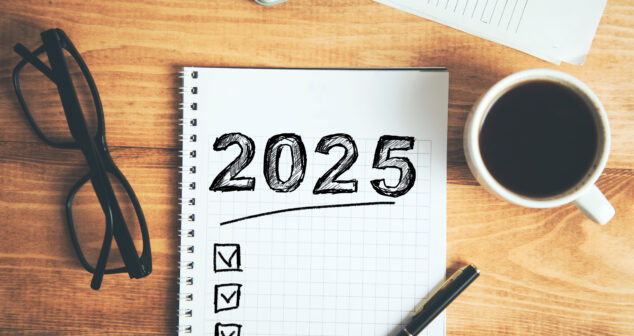
Medical Device Commercialization Resolutions include Improved communications, aligning goals, using new tools, going paperless
-
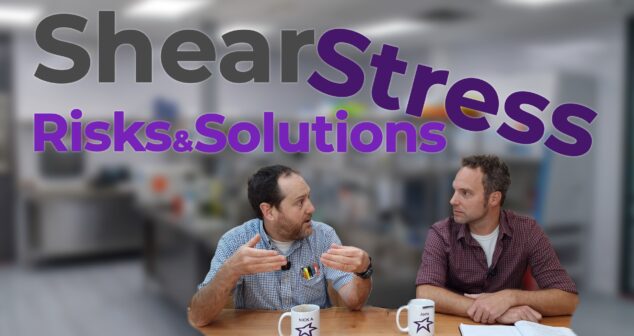
Nick Allan and Joris van der Heijden dive into a critical concept in drug delivery and biopharmaceutical development: shear stress. Understanding shear stress, especially when dealing with delicate therapies like cell and gene treatments or mRNA vaccines, can have profound effects on drug viability and efficacy. Nick walks us through how shear stress is identified, measured, and mitigated during product design and development.
-
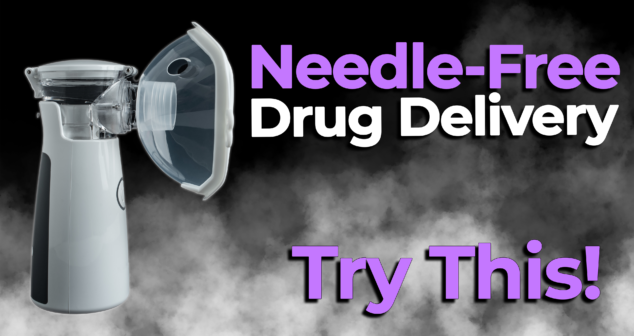
Nick Allan and Joris van der Heijden delve into the fascinating world of drug delivery systems, focusing on the innovative use of nebulizers. While traditional methods like pills and injections dominate the landscape, nebulizers offer a unique, efficient, and non-invasive alternative for administering medications.
-
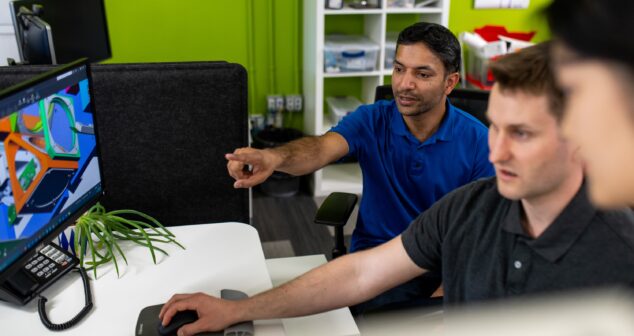
Fluid-structure interaction (FSI) modeling is transforming the medical device industry by simulating complex dynamics between biological fluids and medical devices. In a field where safety and precision are paramount, FSI modeling offers engineers and researchers a powerful tool to design, test, and optimize devices in a virtual environment before physical prototypes are created or clinical trials are conducted.
-
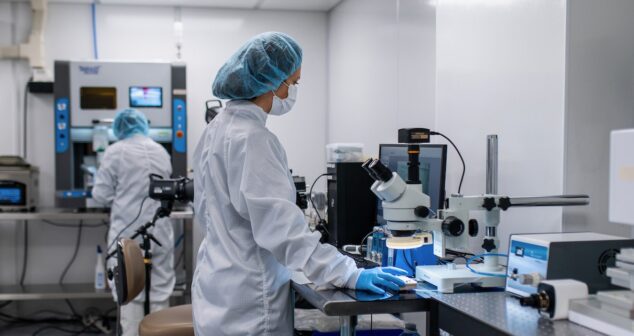
Cleanroom best practices are crucial to maintain a contamination-free environment, especially in industries like pharmaceuticals, semiconductors, biotechnology, healthcare, and medical devices. Here are some essential guidelines for ensuring your cleanroom is indeed clean.
-
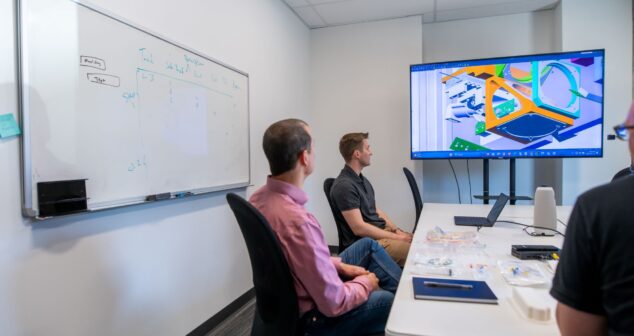
Medical device design transfer is a critical phase in the development process, marking the transitory phase from the design and development stage to manufacturing. This phase ensures that the medical device continues to meet its safety, effectiveness, and regulatory compliance once production begins. It is the final phase in the development process and sometimes overlooks or underestimates the amount of time and effort required to ensure that final manufactured devices meet requirements.
-
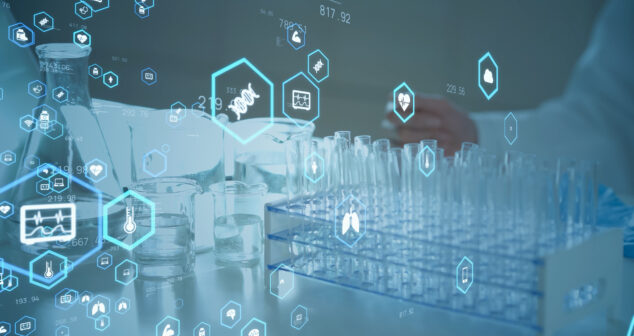
Systems-thinking must always be present in medical device development. Systems Engineers (SEs) live where complex development needs managing. In a very small project team people can communicate continuously and tightly enough that everybody understands where they’re headed and what’s going on.
-
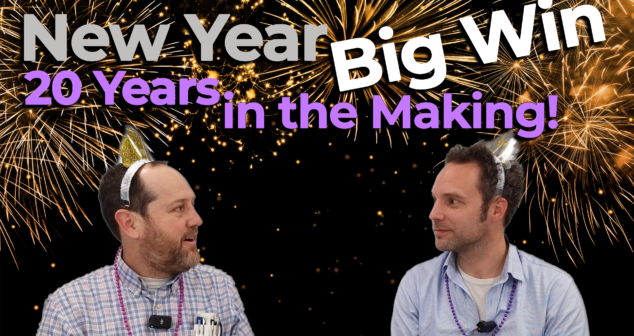
In this special New Year’s episode of Bio Break, Joris van der Heijden and Nick Allan reflect on resolutions, persistence, and a 20-year journey to establish a new standard for biofilm testing in medical devices. Nick shares the story of his two-decade-long mission to develop a standardized test method for growing and monitoring biofilm on medical device surfaces.
-
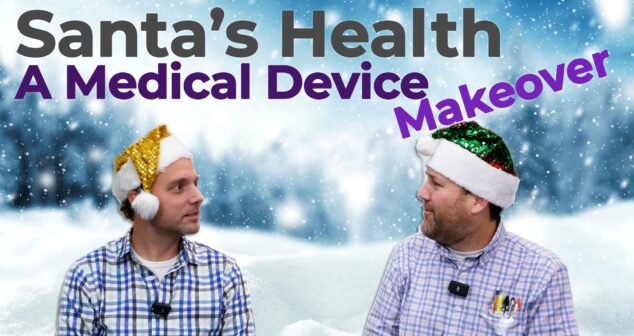
In this festive episode of Bio Break, Joris and Nick bring a holiday twist to medical device innovation by discussing how modern technology could improve Santa’s health. Using a lighthearted analogy, they explore the challenges of managing conditions like diabetes and how advancements in drug delivery devices, such as Ozempic injection systems, could make a difference.